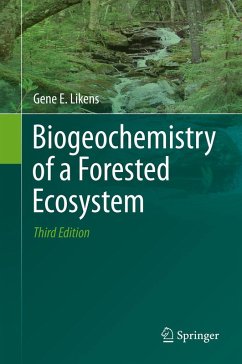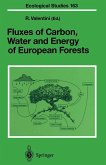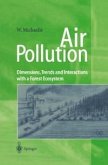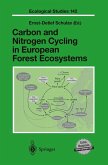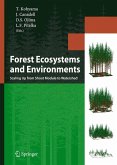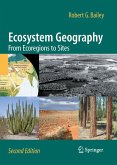The pioneering watershed-ecosystem studies initiated at the Hubbard Brook Experimental Forest in 1963 underpin this thoroughly updated and in-depth analysis of the biogeochemistry of a forested ecosystem in the White Mountains of New Hampshire. In a novel synthesis of almost 50 years, this third Edition summarizes and interprets these unique data on precipitation and streamwater chemistry, hydrology, and weathering and also considers the role of atmospheric gases and particles as they flow into and out of the ecosystem. Long-term, complete annual budgets are presented for many critical elements in the ecosystem, providing for the first time a comparative view of biogeochemical dynamics in the Hubbard Brook watershed-ecosystems. These results show how an ecosystem is connected to global biogeochemical cycles by its inputs and outputs of water and nutrients.
About the Author:
Gene E. Likens is a co-founder of the Hubbard Brook Ecosystem Study and Founder and President Emeritus of the Cary Institute of Ecosystem Studies in Millbrook, New York. Likens was awarded the National Medal of Science in 2001, largely for his work at Hubbard Brook.
About the Author:
Gene E. Likens is a co-founder of the Hubbard Brook Ecosystem Study and Founder and President Emeritus of the Cary Institute of Ecosystem Studies in Millbrook, New York. Likens was awarded the National Medal of Science in 2001, largely for his work at Hubbard Brook.
Dieser Download kann aus rechtlichen Gründen nur mit Rechnungsadresse in A, B, BG, CY, CZ, D, DK, EW, E, FIN, F, GR, HR, H, IRL, I, LT, L, LR, M, NL, PL, P, R, S, SLO, SK ausgeliefert werden.
From the book reviews:
"This third edition ... continues the release of data and interpretations related to the Hubbard Brook Experimental Forest (HBEF) in New Hampshire. ... The HBEF system is a well-circumscribed site, providing a detailed large-scale area where changes in the availability, cycling, and fluxes of chemical elements and other matter can be monitored. ... Summing Up: Recommended. Upper-division undergraduates and above." (D. H. Pfister, Choice, Vol. 51 (11), July, 2014)
"This third edition ... continues the release of data and interpretations related to the Hubbard Brook Experimental Forest (HBEF) in New Hampshire. ... The HBEF system is a well-circumscribed site, providing a detailed large-scale area where changes in the availability, cycling, and fluxes of chemical elements and other matter can be monitored. ... Summing Up: Recommended. Upper-division undergraduates and above." (D. H. Pfister, Choice, Vol. 51 (11), July, 2014)

